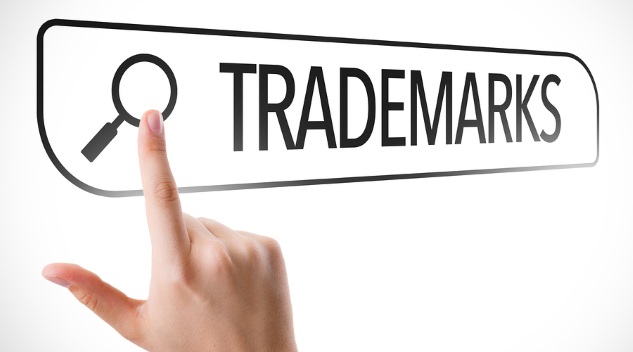Register for LegalVision’s free webinar on June 17 and learn about why you need one and common trade mark pitfalls: https://lglv.sn/2RjZVfm
Registering a trade mark is an effective way to protect your growing brand. However, not every brand name, logo or slogan is ready to be registered. You may be thinking of applying for a trade mark but are not sure if it is the right thing for you. If so, this article sets out some key points to consider when deciding whether to register a trade mark.
Are you ready to register?
Registering a trade mark isn’t just a one-step process; it involves protecting the trade mark long term. If you’re interested in registering and using a business name but haven’t done the work required to protect your brand and aren’t prepared for setbacks, registering a trade mark might not be the right option for you.
You will need to have a clear vision of the direction of your business in mind. Once you have planned for the future and created a strong foundation for your business, your trade mark will be able to clearly distinguish your brand within the market. You will also need to be ready to apply the effort necessary to maintain your trade mark. This involves:
- paying for renewal;
- registering other marks that become associated with your brand; and
- legally pursuing potentially conflicting marks or brands.
If the process sounds too difficult, applying for a trade mark may not be the right option for you.
Are you going to use the mark?
You don’t have to be an established business to register a trade mark. You don’t even have to be selling your product yet. Many start-ups protect their business name from copycats before they launch to the market.
However, IP Australia does require that the owner of a trade mark is a company or individual who uses, or intends to use, the trade mark in a way that specifically relates to the products or services detailed in your application.
Is your mark distinctive?
Your trade mark will be used to distinguish your product from the competition. If it is too descriptive or too generic and doesn’t differentiate from other brands in the market, it won’t be accepted by IP Australia.
Creating a distinctive trade mark can be difficult, but there are strategies you can use to make your mark unique.
For example, an invented or foreign word can be useful because it is unlikely to have already been registered. Alternatively, memorable slogans that clearly communicate what your brand is about will help your business stand out from the crowd.
It is wise to avoid commonly used descriptive terms, or words and signs that might be confused with existing brands. Issues may arise when the trade mark:
- is too descriptive (e.g. ‘Sam’s Plumbing’);
- includes geographical locations (e.g. ‘Sydney Plumbing’);
- uses numbers; (e.g. Plumbing 123)
- is a short acronym; (e.g. Plumb) or
- is a common surname (e.g. Smith’s Plumbing).
Have you classified your mark?
Before you register your mark, you will need to identify the class of goods or services that your brand relates to. On the IP Australia register, trade marks are registered under one of 45 classes of goods and services.
For example, class 17 includes flexible pipes and tubes whilst class 37 includes building construction and installation services.
It’s possible that your business may supply a product that is covered by multiple classes. In that case, you can either register in the relevant classes or pick a limited number that you would prefer your brand to be associated with over others. If you are uncertain on the direction of your brand and therefore cannot decide on the classifications of your trade mark, then a trade mark might not be the right option for you.
Check the competition
Next, you will need to do some market research. Is anyone else using this trade mark? Is your trade mark distinctive enough to distinguish your product from others in the market? To check this, it’s a good idea to search the IP Australia Trade Mark Database and the Trade Mark Image Viewer in addition to your normal Google search.
You should look for marks that may be fairly similar to your brand, not just those that are completely identical. Begin your search with the businesses and brands that are within your industry and expand from there.
If your proposed idea is already in use, then you will need to rethink your name or logo. You could come up with a new trade mark that is distinctive based on what you know about the competition from your search. Or, you might decide at that point that registration is not the right option for you.
Key takeaways
Taking a bit of extra time to consider your brand name, logo or slogan before registration is a great way to figure out if registering a trade mark is right for your business.
If you have planned out your brand and developed a unique name and logo, then you have taken the first steps. Once you’ve scouted the competition and classified your mark, you are well placed to get started with your application. If you have any trade mark questions, contact LegalVisions’s trade mark lawyers on 1300 544 755 or visit legalvision.com.au.











